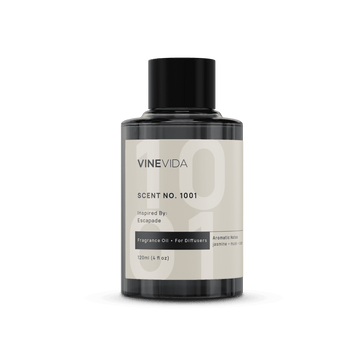Scientific Name: Cinnamomum Zeylanicum
Origin: Sri Lanka
Plant Part: Bark
Scent: Peppery, Earthy, Spicy, Bright yet Slightly Woodsy
Color: Brown
Consistency: Slightly Oily Feeling
Perfumery Note: Middle
Initial Aroma Strength: Strong
Extraction Method: Steam Distilled
Cinnamon Bark Essential Oil: Uses, Benefits, and Blends
Grab a good book and your favorite fuzzy blanket and get ready to get cozy with the sweet, fragrant scent of Cinnamon Bark Essential Oil. A festive favorite, Cinnamon Oil can offer up those holiday feels all year round. An instant mood booster, Cinnamon evokes memories of home-baked cookies and nights curled up by the fire. Plus, its strong, long-lasting aroma is perfect for creating essential oil soaps and candles, which have the added benefit of being great gifts!
At VINEVIDA we source our Cinnamon Oil from Sri Lanka, where Cinnamonum Verum is native. When it comes to Cinnamon Oil, you will find that there are two different varieties: Cinnamon Bark Essential Oil and Cinnamon Leaf Essential Oil. While both come from the Cinnamon tree belonging to the genus Cinnamonum Zeylanicum, there are subtle differences between the two. Cinnamon Bark Oil is distilled from the Bark, while Cinnamon Leaf, of course, comes from the leaf of the tree. This makes Cinnamon Bark Essential Oil the more powerful of the two. It is higher in Cinnamaldehyde and less ideal for topical use than the Cinnamon Leaf. In this article, we will take a look at Cinnamon Bark Essential Oil benefits and uses, how its components break down, and how best to use it in a diffuser.
Cinnamon Bark Essential Oil Benefits: Component Breakdown
- Cinnamaldehyde: Cinnamaldehyde is the constituent that gives Cinnamon its trademark flavor and aroma. As you might guess, it is a very common flavoring additive in many different foods and beverages. You will also find Cinnamaldehyde in perfume, to compliment sweet or fruity fragrances. It is also a natural insecticide, proven to be very effective at killing mosquito larvae. It plays a significant role in Cinnamon Bark Essential Oil benefits.
- B-Caryophyllene: This terpenoid is unique as it is the only one that activates cannabinoid receptors without acting as a psychoactive. Caryophyllene occurs naturally in many different plants and herbs and is one of the components that gives Black Pepper its spicy aroma.
- Linalool: Common to many flowers and spices, linalool is a terpene alcohol with an aromatic floral odor. It contains antifungal properties and you will find it in over 60% of scented cleaning and hygiene products. Many Cinnamon Bark Essential Oil benefits are acquired with this component.
- Eugenol: Eugenol is a naturally occurring, aromatic liquid. It is common in many spices, including Cinnamon, Clove, Basil, and Nutmeg. Its scent is reminiscent of Clove, and you can find it in use as a flavoring agent, perfume agent, and even as a local anesthetic.
- p-Cymene: Cymene is an organic plant compound that plays a role as a metabolite. It is classified as a monoterpene and is common to Thyme and Cumin as well as other spices.
- (E)-Cinnamyl Acetate: An acetate ester and one of the derivatives of Cinnamaldehyde. Cinnamyl offers a sweet, fruity aroma, and you will find it in use as a fragrance and flavoring agent.
Cinnamon Bark Essential Oil Uses: For Wholesale Purposes
Most famous as a sweet, fragrant cooking spice, Cinnamon is very versatile. Let’s take a closer look at Cinnamon Bark Essential Oil benefits and the best way to make use of it:
Aromatherapy
When you think about Cinnamon Bark Essential Oil uses Aromatherapy comes first to mind. Many people associate the scent of Cinnamon with comforting memories of the holidays, festive baking, and the brilliant hues of autumn. Scents are closely linked to memories, which means smelling scents that bring to mind comfort and joy can be a great mood booster. Next time you need a little pick-me-up, try diffusing Cinnamon Bark Oil through your home or office. Keep reading for our favorite Cinnamon Bark Essential Oil diffuser recipe!
Green Cleaning
Another one from the Cinnamon Bark Essential Oil uses list. Preliminary research indicates that Cinnamon Bark Essential Oil can work as an effective antibacterial agent! Many commercial cleaning products are deceivingly labeled as green, when in fact they may contain natural but still harmful ingredients or partial synthetics. As there is a lack of regulation, it is important to become knowledgeable about what to look out for in products. Antibacterial oils such as Cinnamon Oil may offer healthier alternatives to consumers who wish to use non-toxic, natural ingredients to clean.
Fragrance & Soap Making

You can use Cinnamon Bark Essential Oil to create your own air fresheners, linen and home sprays, candles, and natural soaps. Cinnamon is a particularly great addition to festive soaps and candles around the holidays, which also happen to make fantastic gifts! Plus, Cinnamon Oil’s antibacterial qualities add an extra kick of cleanliness to soaps and bath products.
Cinnamon Bark Essential Oil Diffuser Recipe
Get your house smelling like the holidays with the delicious aroma of Cinnamon and spice.
- Cinnamon Essential Oil (Cinnamomum Verum) - 1 Drop
- Orange Essential Oil (Citrus Cinensis) - 2 Drops
- Vanilla Essential Oil (Vanilla Planifolia) - 5 Drops
- Clove Essential Oil (Syzygium Aromaticum L.) - 1 Drop
Precautions
Cinnamon Bark Oil is extremely powerful and should never be ingested. Additionally, we recommend that if you wish to use Cinnamon Oil for topical use (such as in a warming massage oil) you choose Cinnamon Leaf over Cinnamon Bark, as it is milder. Cinnamon Bark is considered to be a “hot oil” meaning it can easily cause skin irritations. No matter how you choose to use it, ensure you are following proper dilution recommendations. You should also keep Cinnamon Bark Oil away from pets and small children, and those who are pregnant or have underlying conditions should always consult with a health professional before undergoing essential oil therapy.
Flash Point
98 °C
Conclusion
When shopping for Cinnamon Oil, take into account what you plan to use it for. This will help you decide whether Cinnamon Leaf or Cinnamon Bark Essential Oil better suits your needs. Always take care when using Cinnamon Oil, particularly if you are using it topically. Use Cinnamon Bark to help boost your mood, add a festive fragrance to your home or office, or fragrance perfumes, cosmetics, and bath products. At VV we offer a range of different sizes of Cinnamon Oil, from individual to bulk. Leave us a comment and let us know your favorite ways to use Cinnamon Bark Essential Oil.

- Reviews
- Questions
Genuine! - not adulterated as others on amazon are..
Smells great in diffuser and blends well with carrier oil for topical use. It is 100% essential oil not blended with carrier oils to dilute it. Also, the price can not be beat. Thank you VineVida. :)
You may also like
Recently viewed

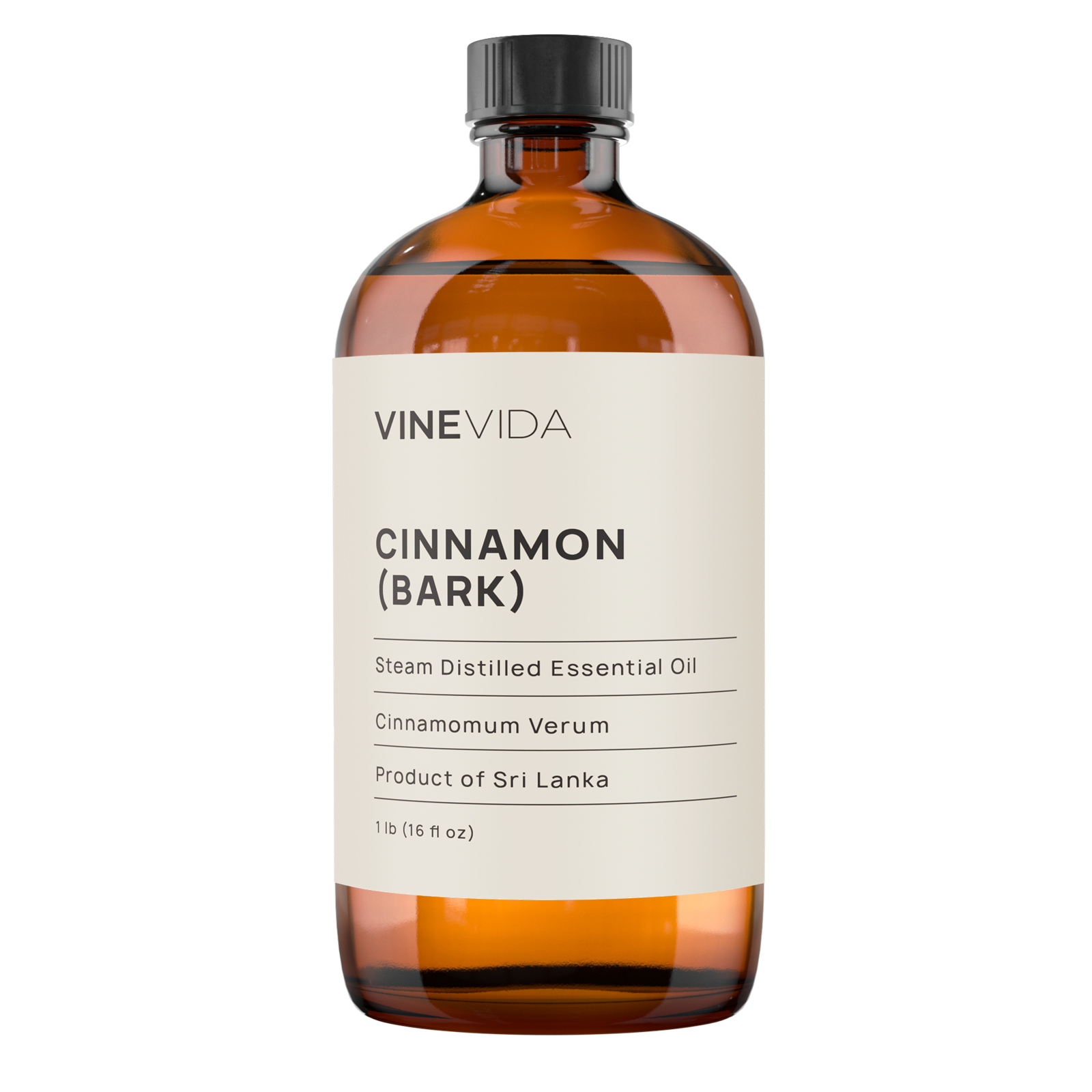
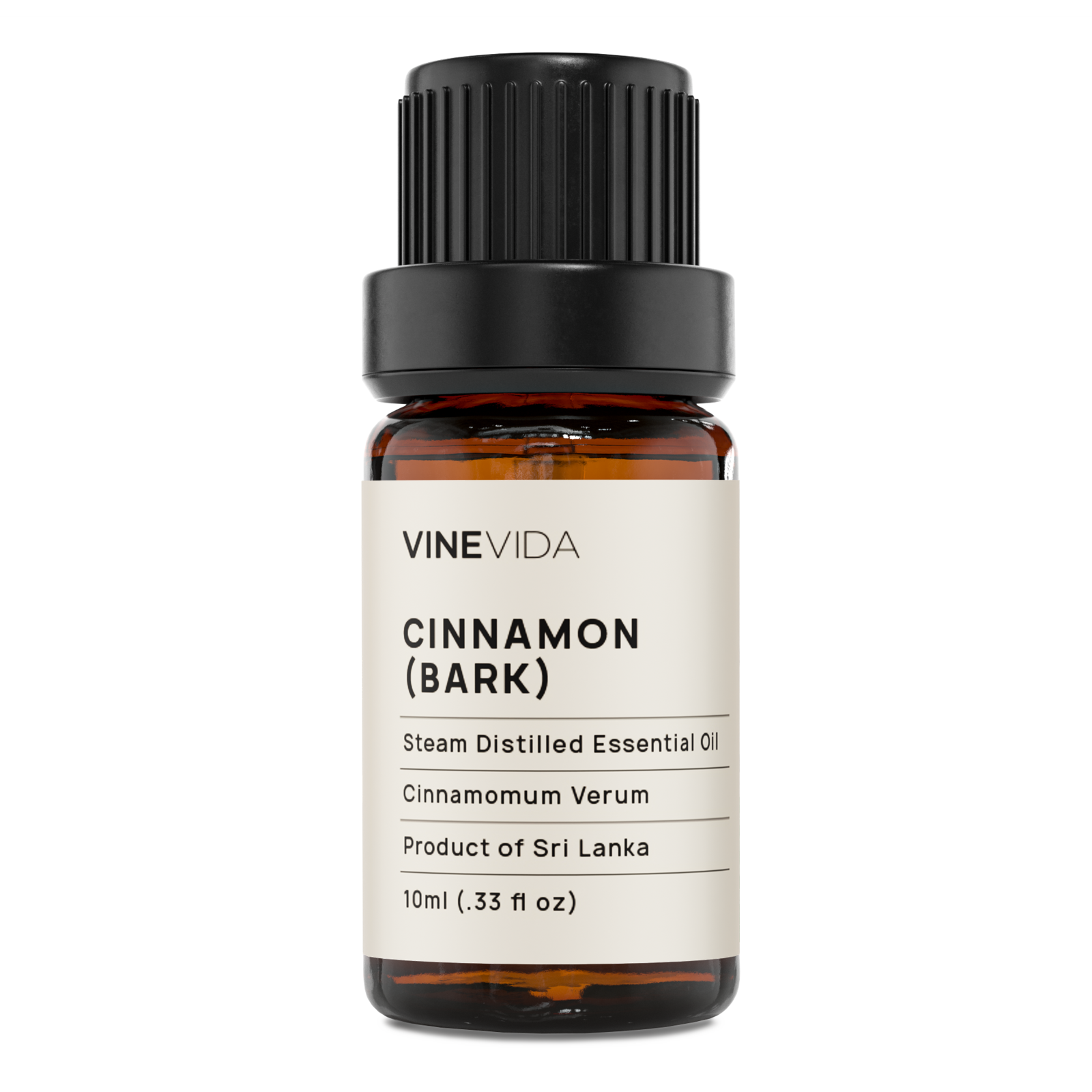
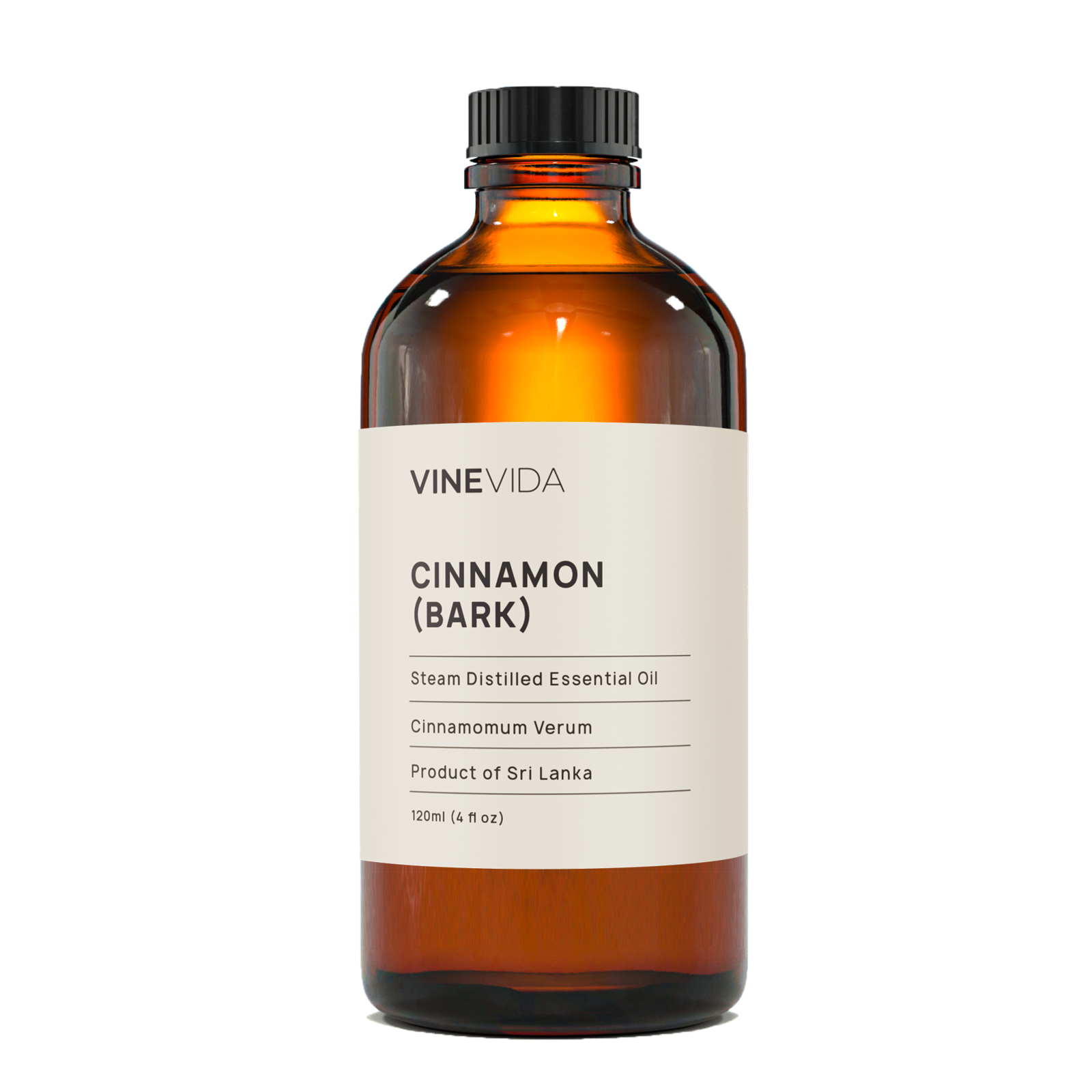
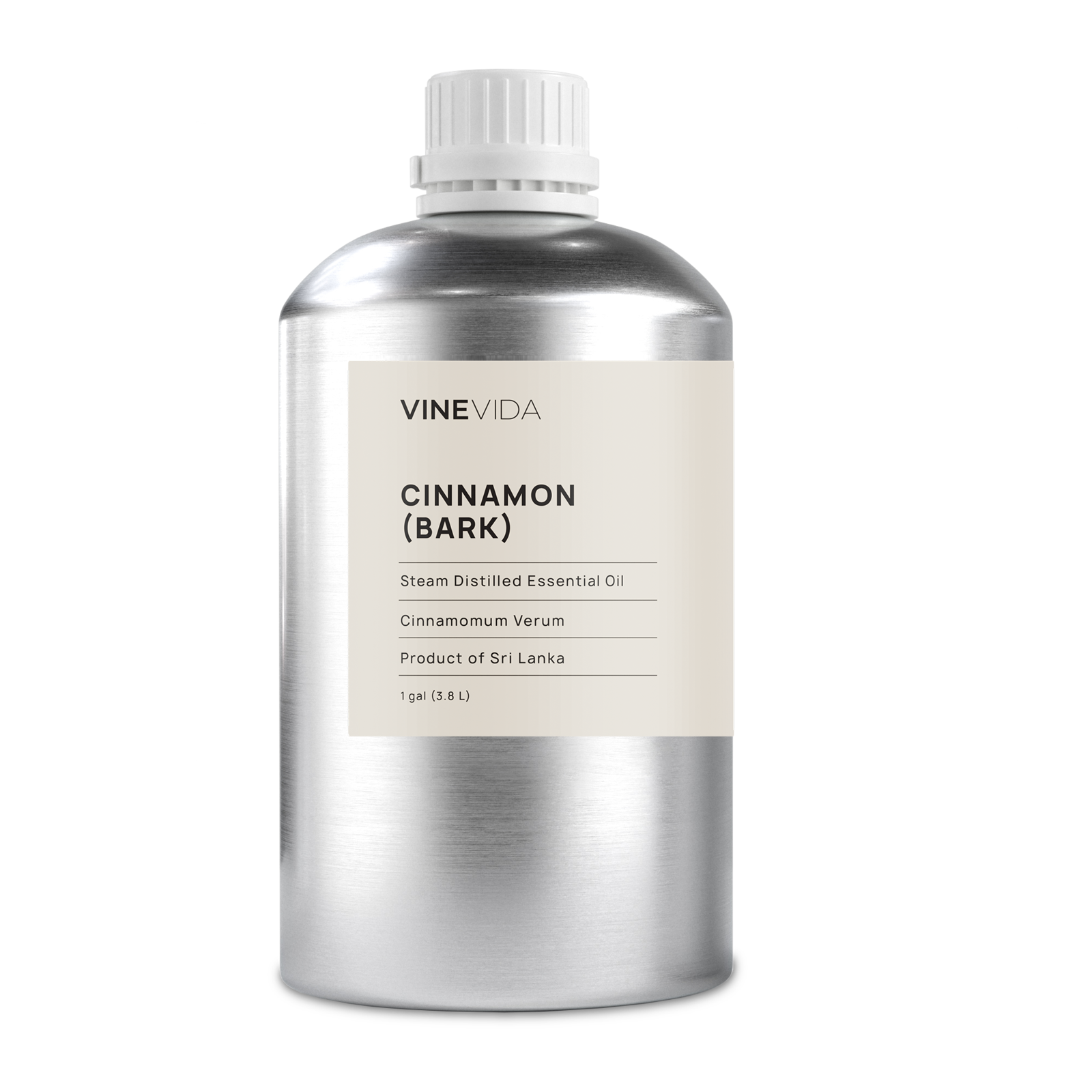

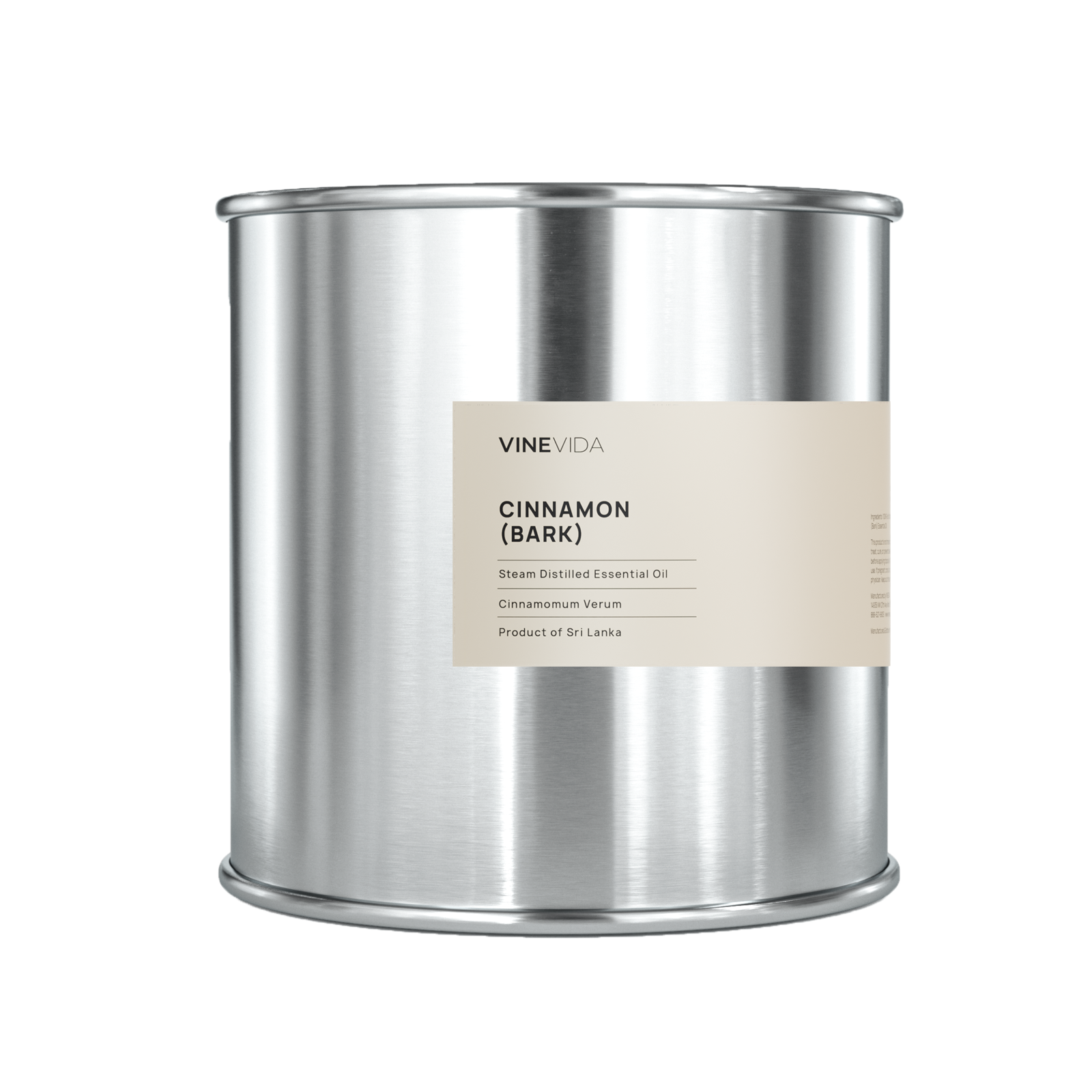
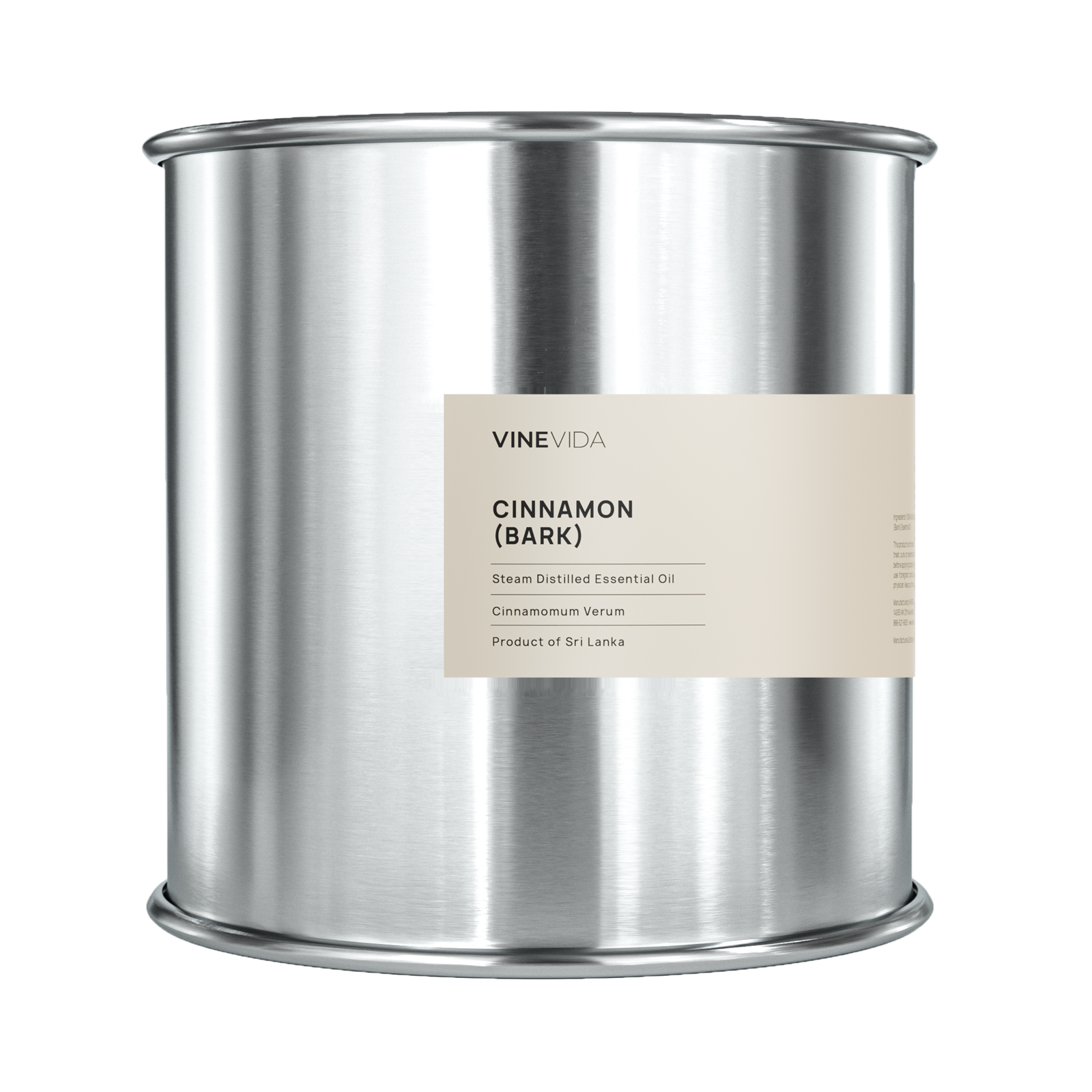
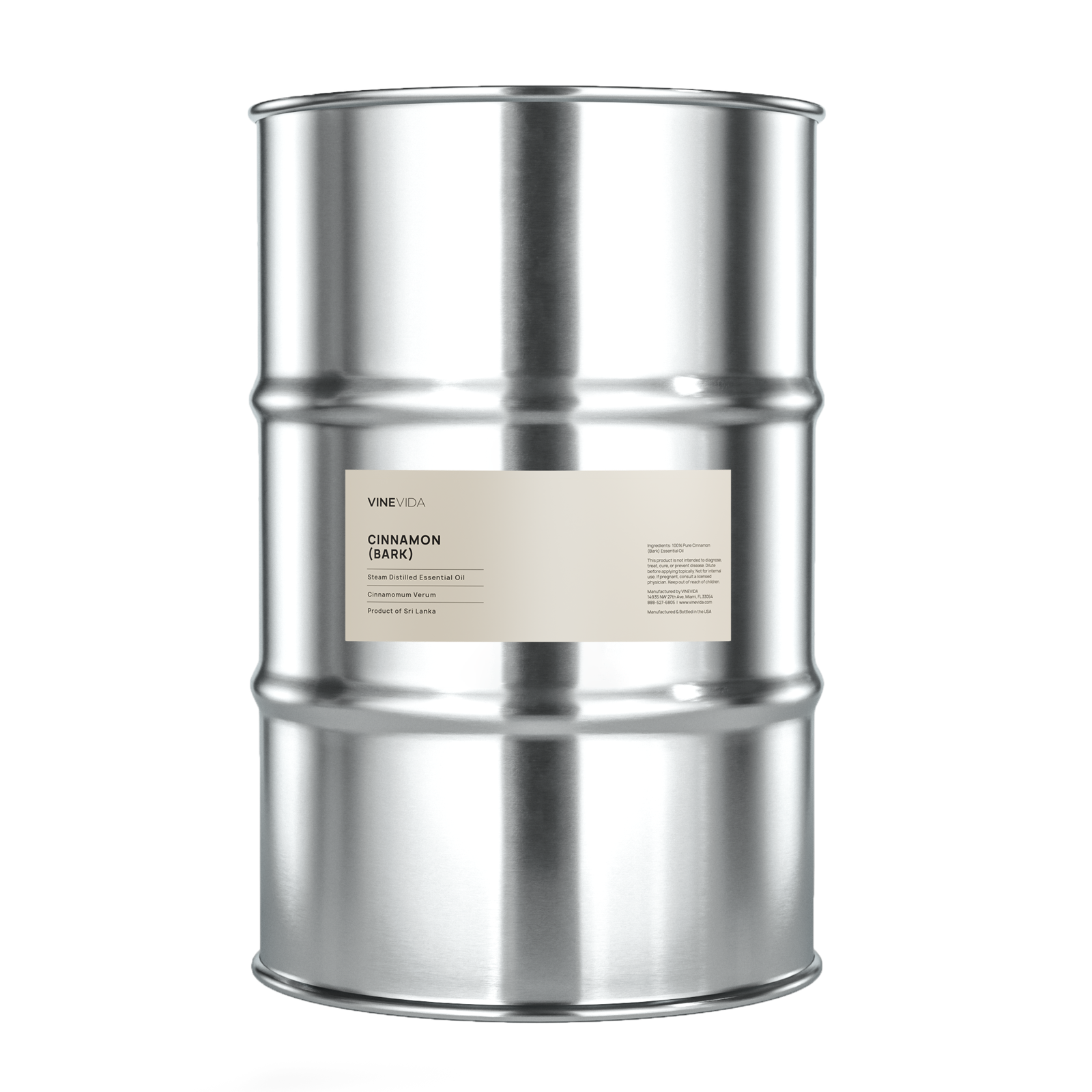





 Safety Data Sheet
Safety Data Sheet


















